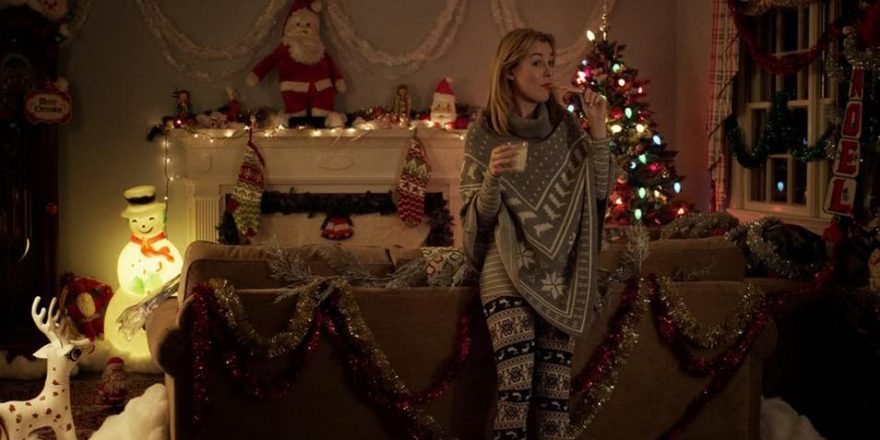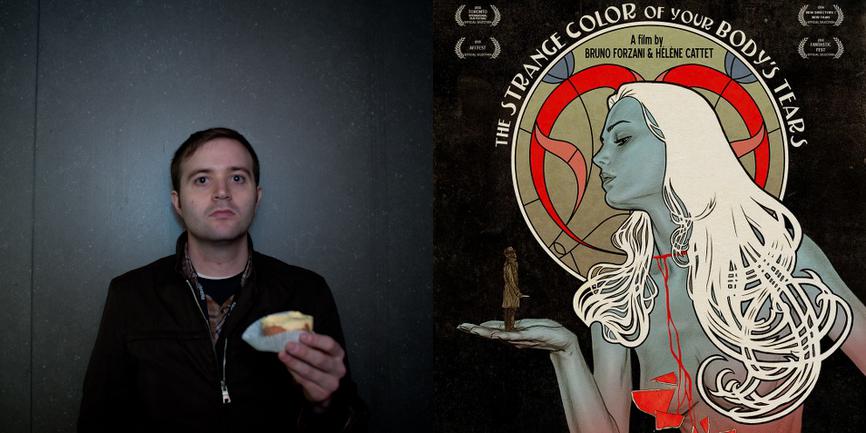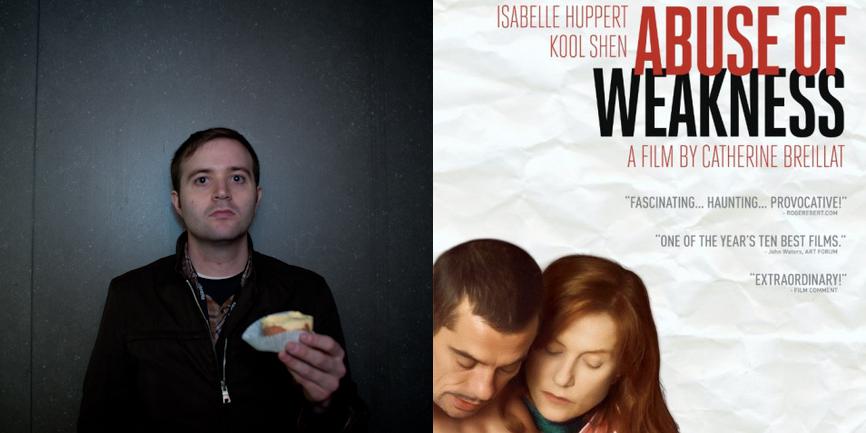It’s winter already. That can’t be right, can it? Not like I’m complaining, this is the time of year I live for — when the world shines with multicolored lights on strings and embraces kitsch with all its heart. I don’t believe in Christ, but I do believe in Christmas. I’m already in it — I’ve planned when I’m decorating my tree, I just ordered extra strands of oversized ceramic lights for all the windows in my apartment, and present-shopping is officially under way. Soon enough, I’ll switch all my playlists over to holiday music, pull all the seasonal movies off my DVD shelf, and live in a non-stop Yuletide until some time in early January.
I’ve spent the last few years of my life in Christmas overload, making and releasing my feature White Reindeer. I’m happy to find myself still enthusiastic about it this year, which I think is a greater testament to the holiday than to my own outlook and/or optimism. Andy Williams was right, Christmas is a feeling in your heart. And I’ve got it, deep down in there. Since film school, my brain’s been reprogrammed to see even my favorite movies as constructs — frames, edits, music cues. But when I think back to my favorite Christmas movies, I don’t immediately remember scenes or frames or any of the other artifices that cinema uses to construct its alternate realities. I remember the way they made me feel. And my favorites usually make me feel a lot like this:
Terry Zwigoff slips this dejected close-up of Billy Bob Thornton into Bad Santa quite early, and it’s entirely telling and appropriate. The movie is generally thought of as a pessimistic gross-out comedy, set during the holidays but not invested in them. With this simple, immaculately lit shot, Zwigoff frames the forthcoming 90 minutes of reprehensible behavior as a desperate cry for help. To borrow Fassbinder’s quote about his own debut feature: “What remains, when one has seen this film is not that [Billy Bob Thornton got drunk and peed on himself and had lots of sex while wearing a Santa suit], but that here, a few poor sods had to make a life, who didn’t know how, who simply found themselves in this place, who weren’t given a chance.”
And it’s not just in the darkest, strangest Christmas films that we find these shocking little moments of humanity. Case in point:
In Rudolph the Red-Nosed Reindeer, a movie about characters who can’t fit into normal society but find strength and solidarity with each other, I always return to this little doll. Maybe it’s the lighting. It certainly helps. The warmth evokes the glow of a fireplace against the unforgiving blue of the snow. Has a children’s movie ever presented an idea as sad and spooky as the Island of Misfit Toys? At Christmas, the lonely feel lonelier. And there it is, in that big beautiful tear running down her face. It’s no surprise that it feels so similar to this:
There’s that tear again, and the look of longing, of loneliness. And those colors — the warmth of the tree and the icy blue of the winter outside. Douglas Sirk’s All That Heaven Allows isn’t about Christmas the entire time, but when it is, it’s more insightful and compassionate about our modern relationship to the holidays than any real-deal, full-on Christmas movie. Because Sirk wants us to feel the full weight of his characters’ loneliness, their isolation, he shows them to us at Christmastime. Of course, this image too is echoed in another holiday classic:
The prison of suburbia, the warmth of the home, the coldness of nature. In National Lampoon’s Christmas Vacation Clark Griswold tries, and fails constantly, to achieve a cookie-cutter American-Dream Christmas, all the while yearning for things that are just beyond his reach. That he can never really have these things is what makes him human, and what reminds us of ourselves. And as always, we’ve seen this face before, in another perennial favorite:
There it is again, that vague look of hope under the weight of all the problems of the world. Frank Capra’s death-haunted It’s a Wonderful Life is the ultimate Christmas classic for a reason — it’s one of the most consistently depressing and soul-crushing movies ever produced by the Hollywood dream factory. How many feel-good movies earnestly open with their lead character attempting suicide? The best Christmas movies understand the sadness at the heart of the season, the yearning for a better life that we can never have, but they also truly believe that we should never stop trying to achieve that better life, to find that sliver of hope and beauty that makes everything else worthwhile. Zuzu’s petals — that’s Christmas, that’s America.
And it’s also the cinema. The expectations of joy and happiness raised by the holidays make them an emotional microcosm for the rest of our lives, which is also what movies as an art form can do best. Movies are larger than life in the way that Christmas is larger than Christianity, and they both have the power to turn the simplest, purest human emotions into things of beauty. I have faith in that, and I believe in it, and I’ll celebrate and find equal solace in Christmas and in the movies for the rest of my life.












